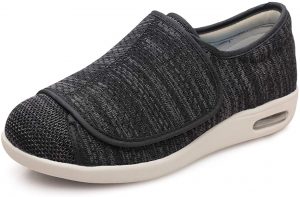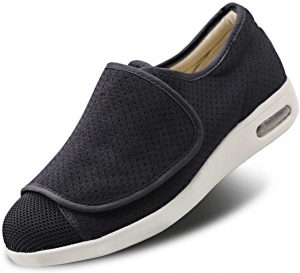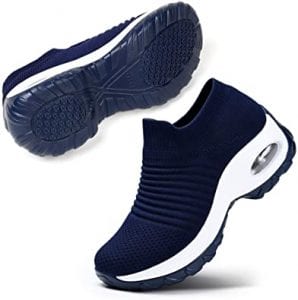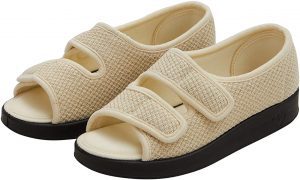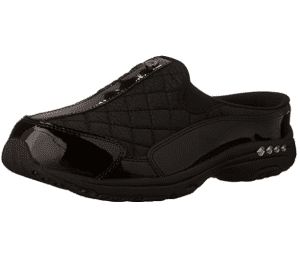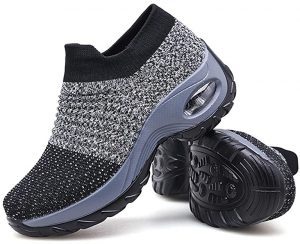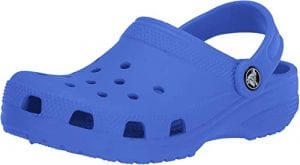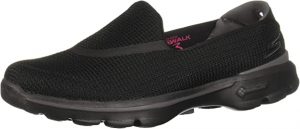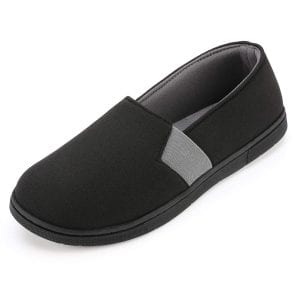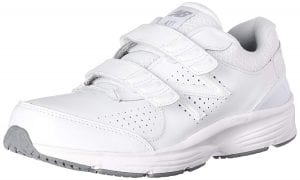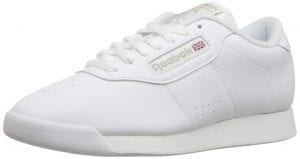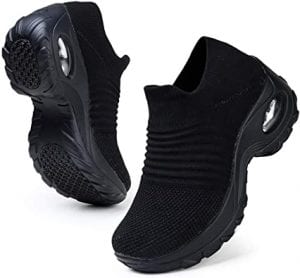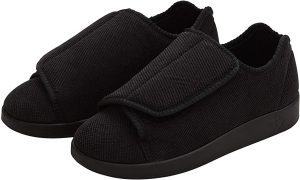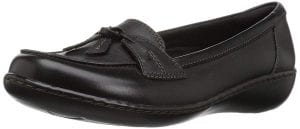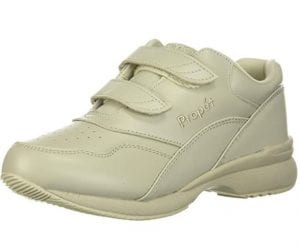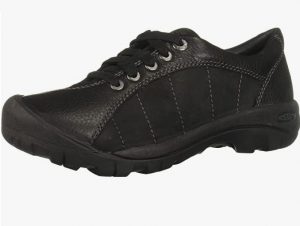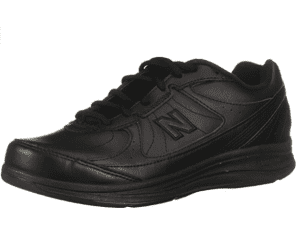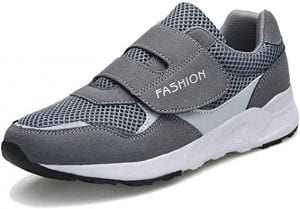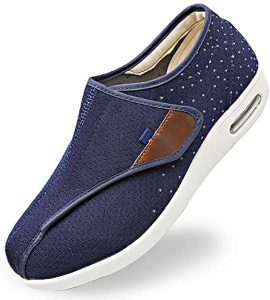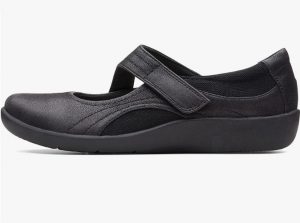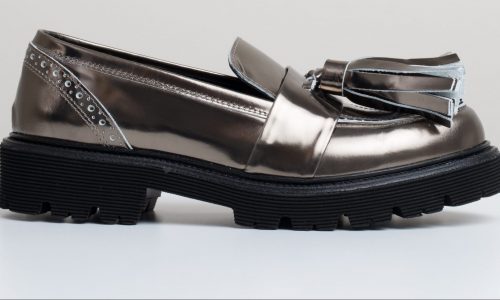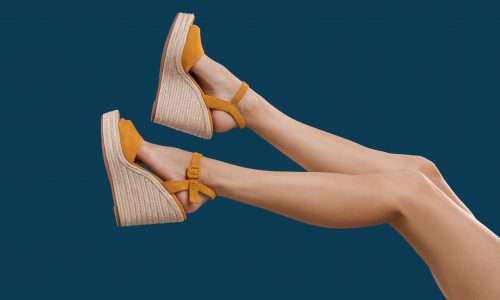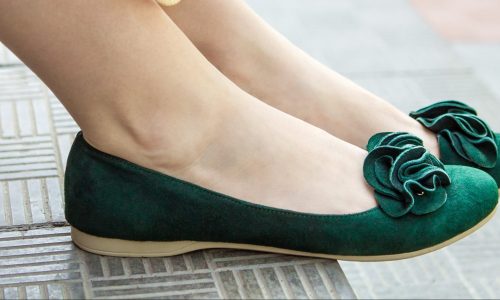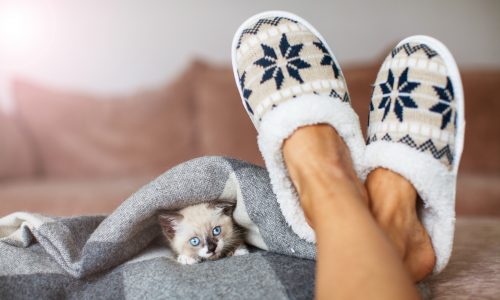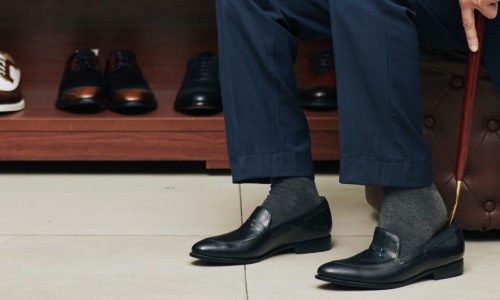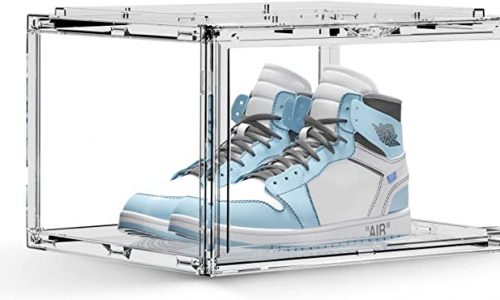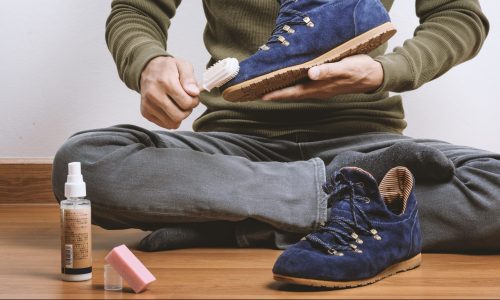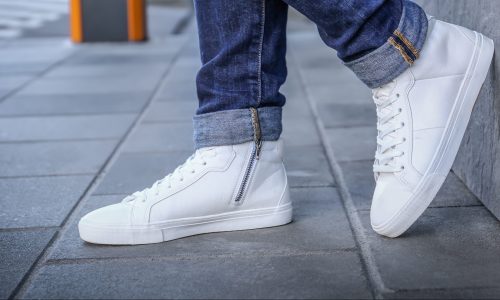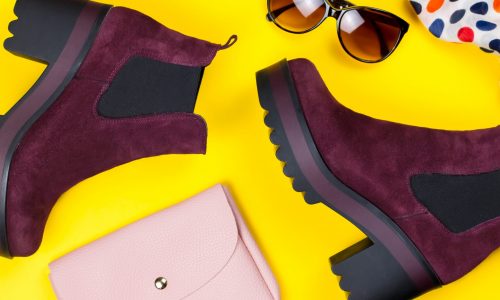The Best Senior Shoes For Women
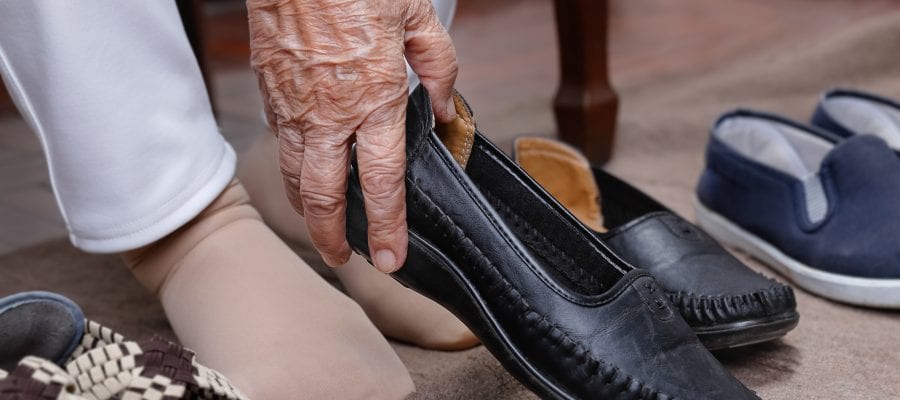
Our Review Process
Don't Waste Your Money is focused on helping you make the best purchasing decision. Our team of experts spends hundreds of hours analyzing, testing, and researching products so you don't have to. Learn more.
Our Picks For The Top Senior Shoes For Women
- 1. ZUMEIJIA Rubber Foam Senior Shoes For Women
- 2. Secret Slippers Memory Foam Lightweight Senior Shoes For Women
- 3. STQ Shockproof Flexible Women’s Walking Shoe
- 4. Easy Spirit Tourguide Slip-On Senior Shoes For Women
- 5. Silvert’s Foam Sole Open-Toe Senior Shoes For Women
- 6. Slow Man Lightweight Slip-On Women’s Walking Shoe
- 7. Crocs Classic Clog Water Shoes
- 8. Skechers Memory Foam Senior Shoes For Women
- 9. RockDove Jersey Knit Senior Shoes For Women
- 10. New Balance Velcro Senior Shoes For Women
- 11. Reebok Lace-Up Senior Shoes For Women
- 12. HKR Memory Foam Stretchable Women’s Walking Shoe
- 13. Silvert’s Slip-On Anti-Slip Senior Shoes For Women
- 14. Clarks Women’s Slip-On Senior Shoes
- 15. Propet Diabetic Senior Shoes For Women
- 16. KEEN Presidio Cushioned Senior Shoes For Women
- 17. New Balance 577 V1 Leather Senior Shoes For Women
- 18. Leader Show Mesh Senior Shoes For Women
- 19. Orthoshoes Removable Insole Senior Shoes For Women
- 20. CLARKS Ortholite Senior Shoes For Women
The air cushion design of these senior shoes for women makes the pair one of the most comfortable options on the market. Ladies will love the Velcro strap, as it allows for a custom fit. Of course, the sneakers are also quite stylish, so you can easily pair them with sweats, leggings, jeans and dress slacks.
Multiple Color OptionsYou'll find these senior shoes for women come in a choice of black, black gray, dark gray and light gray.
Whether you have swollen feet from diabetes or a painful bunion, you'll find these senior shoes for women offer comfort and relief. The sneakers have a wide width and a Velcro strap that is easily adjustable. Ladies will find the soles have plenty of traction, while the insole is made up of a soft memory foam.
Therapeutic PickThese senior shoes for women are available in sizes ranging from a 6 to a 10.
This women's walking shoe is designed to be worn with or without socks. The fabric is breathable and offers flexibility for freer movements. Underneath the shoe, you'll find a high-quality rubber sole that's both anti-slip and wear-resistant.
Easy On Easy OffSince these shoes are lightweight they won't add much weight to your suitcase
If you're looking for a comfortable pair of senior shoes for women that can be worn both indoors and outdoors, this pair is an excellent choice. The shoes come in black, neutral and rose petal and feature slip-resistant soles to prevent accidental falls. The tops of the shoes have two Velcro closures that allow you to select a loose or more tight f...
Easy On and OffThese senior shoes for women are best for diabetics and those suffering from edema.
Buying Guide
Whether you’re moving around the house or spending the day touring with friends, a good pair of shoes is essential. As you get older, features like support and comfort become increasingly more important. But you don’t have to sacrifice fashion to surround your feet in luxury and stability. In fact, there’s plenty of attractive footwear that’s also functional.
The key to a good pair of shoes is arch support. When the center part of your shoes works with your arch instead of flattening it, other parts of your body benefit. You’ll notice you get some relief from strain on your back and joints, especially your knees and hips. This may allow you to spend more time on your feet than you would have otherwise.
Another consideration is what you’ll be doing while wearing your shoes. If you’re simply looking for a pair of supportive shoes you can wear around the house, a pair of mules or casual loafers may work best. But if you’re pairing them with some dress pants, you may want something a little more decorative. You can also find sneakers built specifically for walking for exercise. Even if you don’t go for after-dinner walks or hit the track at the gym every day, this type of shoe can be great for outings to amusement parks or shopping malls.
In addition to arch support, you should also take a look at the padding included in the footbed. Materials like memory foam are now being used to provide extra comfort without reducing support. The upper of the shoe, which refers to the top part of the shoe covering your foot, also factors into whether the shoe is comfortable or not. Leather is always a safe bet, but suede can also be a good option. If your shoe has a tongue, pay attention to how comfortable it is, as well.
What to Look For
- If you aren’t particularly a fan of tying and untying every day, there are plenty of alternatives to shoelaces. You can opt for Velcro if you’re choosing a sneaker, but often a slip-on style can be even better.
- Mules feature an especially popular slide-on design. They’re not only easy to get on and off, but the right pair can be extremely comfortable. If you’re primarily looking for something to wear around the house, this can be a much more supportive alternative to house shoes.
- In addition to comfort, the build of your shoe should also be designed for breathability. Otherwise, you’ll find your feet sweating during wear, which can eventually promote bacterial growth.
- One of the best things about leather is that it’s easy to clean. You can usually wipe it down.
- Look at color options for the shoe you’re considering. Some shoes limit their styles to one or two colors. Whatever color you choose, make sure it’s neutral enough to wear with a wide range of items in your wardrobe.
- Make sure you take a look at the bottom of a shoe before buying. Some are built to reduce slipping, even when you’re walking over wet terrain. The right shoe can help prevent dangerous falls.
- Although a supportive, cushioned sole is great for your feet, there’s a benefit to having a lightweight shoe. When you lift your foot, you don’t want it to add extra stress. For that reason, some brands specialize in keeping their build light while also building in plenty of support.
- Feet sizes vary both in length and width. Measure your foot by tracing an outline of it on a piece of paper, then marking the various lengths and widths. You can then use a size guide to determine the size and width you need. Make sure you choose a shoe that builds in wide and extra-wide widths if you need that type of fit.
More to Explore
The shoe size you use when buying shoes today was probably, at some point, determined by measuring your foot using a Brannock device. Brannock devices measure both the length and the width of the foot, helping you determine whether you need a narrow, wide or extra-wide shoe. This measuring tool was invented in 1925 by someone named Charles Brannock. But humans wore shoes long before there was a device to measure for them, so how did they get by before Brannock came along? Roman shoemakers used barleycorns to measure feet, with three barleycorns equaling one inch. This method caught on in Europe and, later, the U.S., and was used until a device came along to officially measure.

